Drowning prevention: Keep kids safe in and near the water with these tips
Refresh yourself on water safety precautions, CPR and AED use
California firefighter saves son from drowning in pool: video
A Hemet, California firefighter saved his 1-year-old son from drowning on May 16. The rescue was captured on his Ring camera, the Hemet Firefighters Association said.
The opening of swimming pools is synonymous with the start of summer — and it’s also the perfect time for a refresher on water safety.
Drowning is the most common cause of death for children ages 1 to 4 in the U.S., and is the second leading cause for kids between ages 5 and 14, according to the Centers for Disease Control and Prevention.
Dr. Corinne Bria, pediatric emergency medicine physician at Nemours Children’s Hospital in Orlando, Florida, said the single most important tool to prevent drowning in children is knowledge.
BEACH SAFETY TIPS: WHAT TO DO IN A RIP CURRENT AND HOW TO STAY SAFE NEAR THE WATER
"As a pediatrician, it is my responsibility to educate parents and caregivers about how to prevent drownings," she told Fox News Digital.
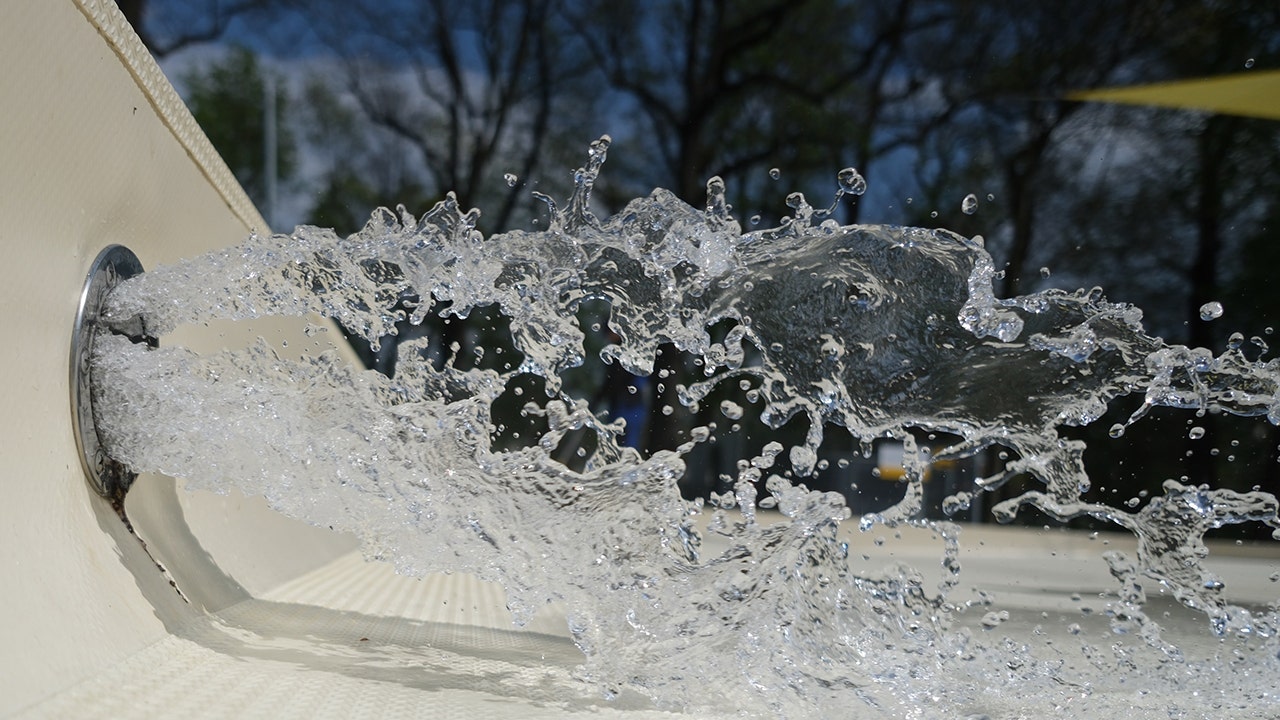
Summer means pools have opened up again. There are lots of safety tips to follow when it comes to pool time with little ones. (Sebastian Willnow/picture alliance via Getty Images)
"Drowning can happen to anyone. No one is immune to this devastation, and it’s important to know and take active steps to ensure water safety."
Keep children safe in pools and other bodies of water by ensuring eyes on them at all times, swim abilities or floats and more.
- Ensure proper supervision
- Choose a proper flotation device
- Use caution even around shallow water
- Enclose all pools with fences
- Enroll your child in swim lessons
- Act quickly and perform CPR
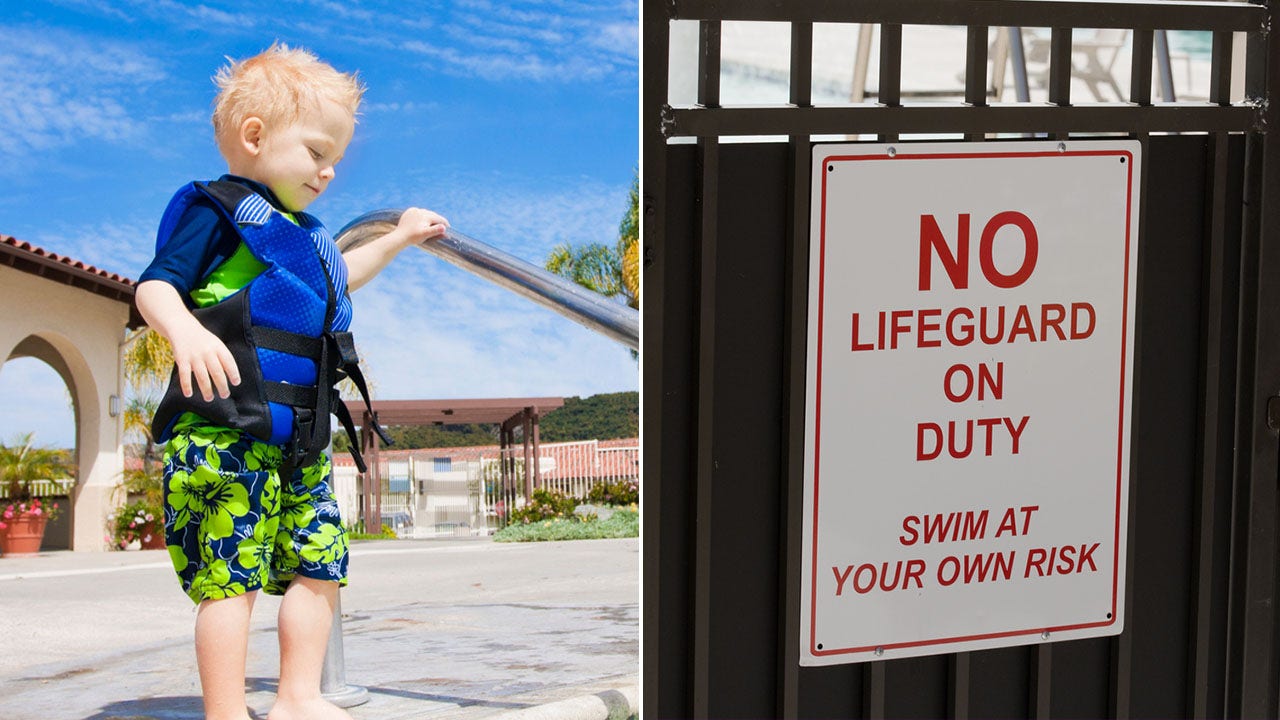
Drowning is the most common cause of death for children ages 1 to 4 in the U.S. — and it is the second leading cause for kids between ages 5 and 14, according to the CDC. (iStock)
1. Ensure proper supervision
When it comes to water safety, pediatricians frequently discuss "direct supervision" or "touch supervision," Bria said.
These are both important strategies to prevent drowning, which is a silent process, she added.
"Touch supervision means an adult is physically in the water, holding and playing with the children," Bria said.
"Direct supervision means there is a designated adult, a water watcher, who is monitoring the children in and around the water," Bria went on.
"The water watcher sits by the pool or walks around the pool, continuously watching the children in and around the water."
When it comes to water, tragedy could happen in mere seconds, so it is vital that there are eyes on children at all times.
2. Choose a proper flotation device
Children should always wear life jackets when around a body of water, according to the American Academy of Pediatrics (AAP).
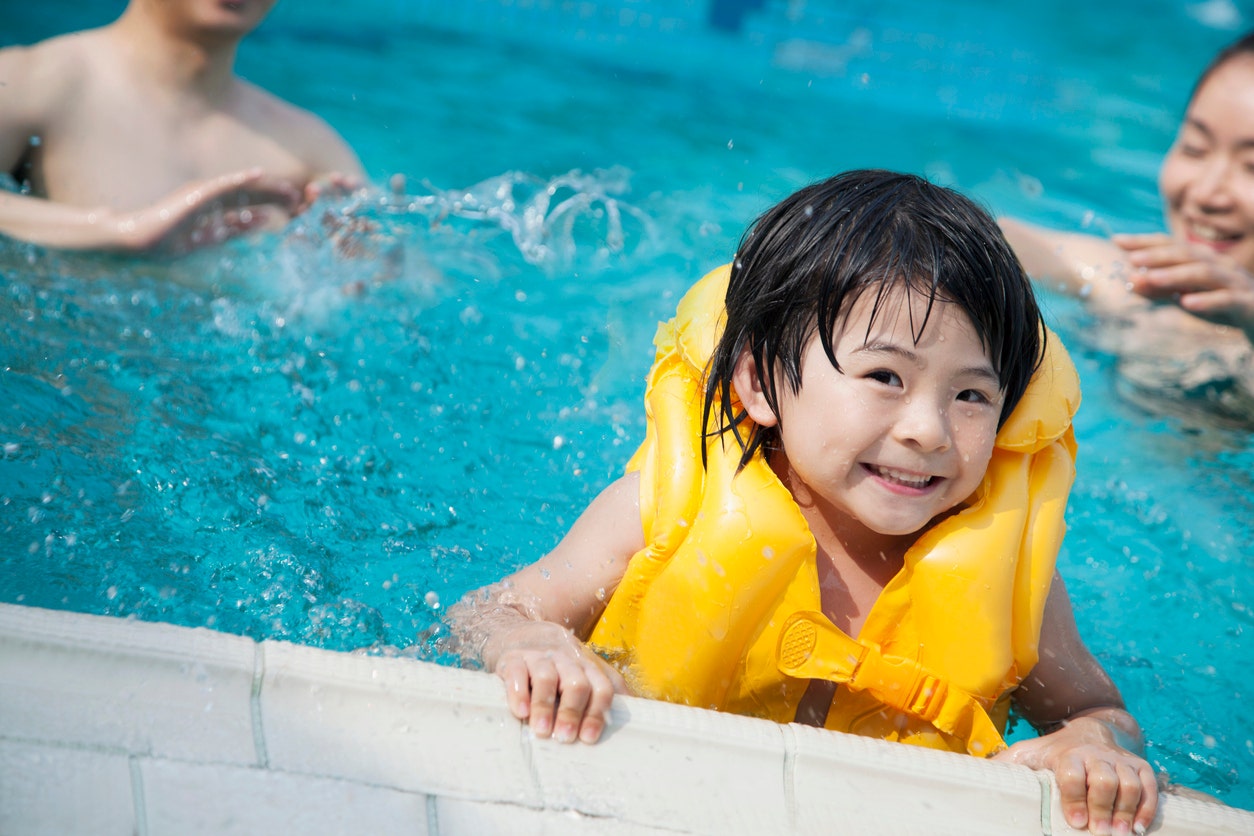
For their protection, children should always wear life jackets when around a body of water, according to the American Academy of Pediatrics. (iStock)
The AAP recommends using U.S. Coast Guard-approved life jackets or life preservers based on the weight of the child.
BE WELL: RECOGNIZE THE WARNING SIGNS OF ‘DRY DROWNING’ AND TAKE QUICK ACTION
"It’s important to test the fit of the life vest on the child prior to use to ensure the vest is snug around the waist," said Bria.
"This prevents [children] from slipping out of an ill-sized vest while in the water."
3. Use caution even around shallow water
Shallow water doesn’t mean safe water. If your child is just in a little bit of water, you should continue to maintain a close eye on them.
Infants and small children can drown in as little as two inches of water, including in bathtubs, toilets and 5-gallon buckets, Bria pointed out.
"It is important to supervise babies, toddlers and small children around all forms of water, both inside and outside the home," she said.
4. Enclose all pools with fences
Between 2013 and 2015, a majority (58%) of the drownings among kids ages four and younger happened at home in a pool or spa, according to the AAP.
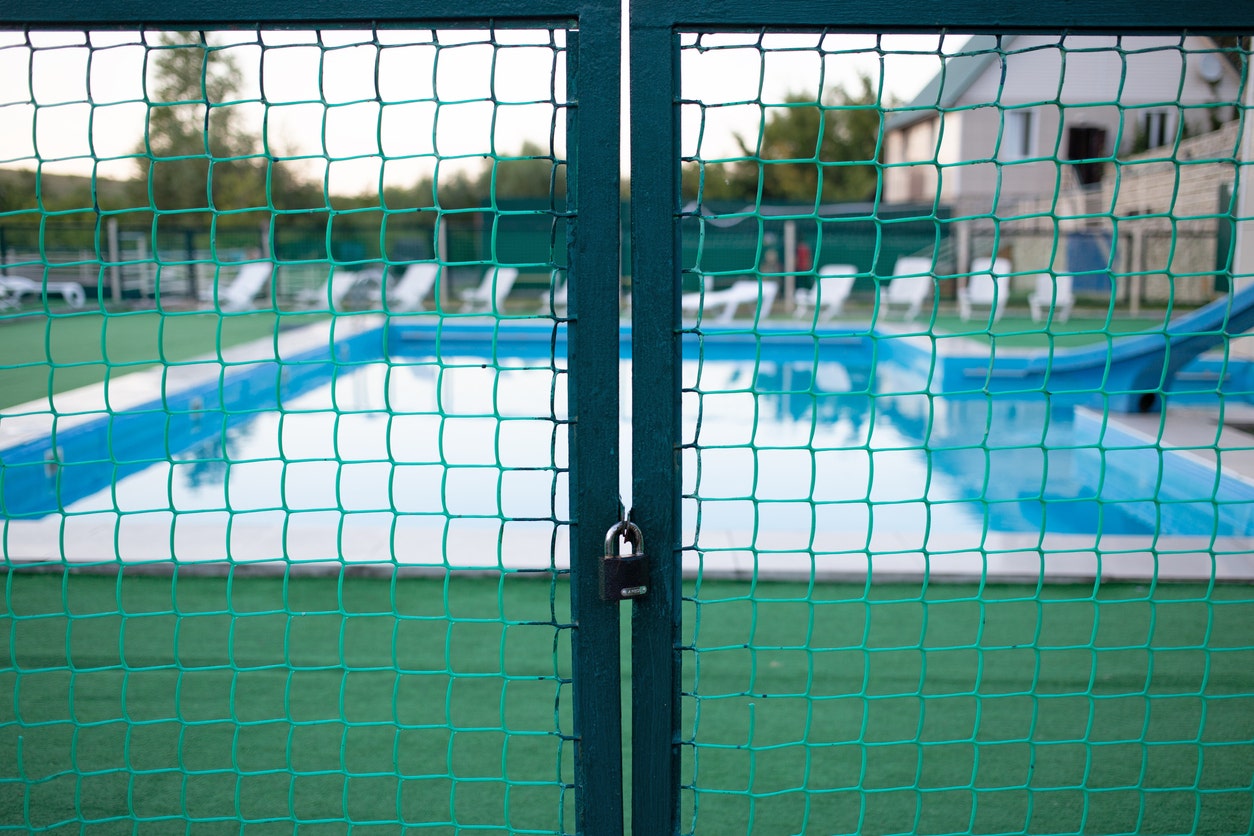
Enclosing all pools with a fence is the single most effective way to prevent drownings, the AAP states on its website. (iStock)
Enclosing all pools with a fence is the single most effective way to prevent drownings, the AAP notes on its website.
POOL SAFETY TIPS IMPORTANT FOR EVERY PARENT
The fence should have four sides, be at least four feet high, be climb-proof and have a self-closing, self-latching gate that children cannot reach.
Then, remember to keep the fence securely latched at all times, so a child can’t push through.
This is one simple thing that you can do to keep your child safe while outside.
5. Enroll your child in swim lessons
Participation in formal swimming lessons was linked to an 88% decrease in drowning risks among children between 1 and 4 years old, studies have shown.
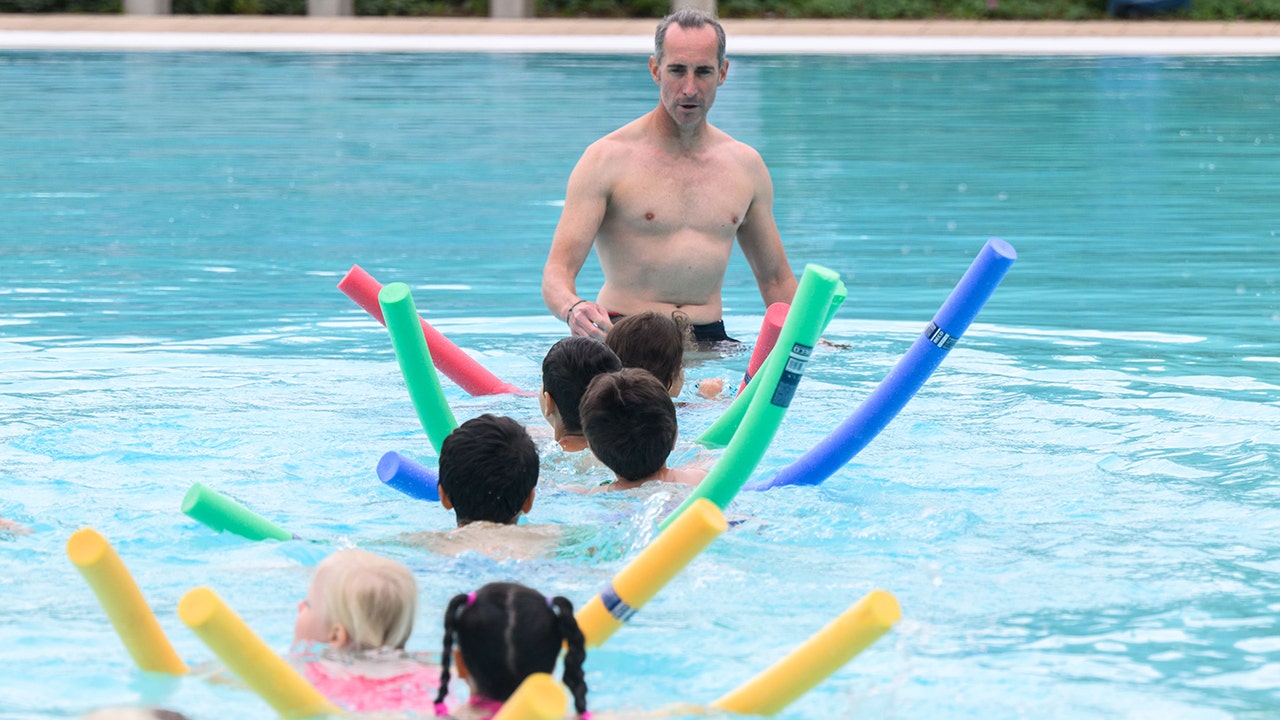
Enrolling children in swim lessons will help them gain the valuable skill early. (Julian Stratenschulte/picture alliance via Getty Images)
Many children can begin swim lessons at age 1, per the AAP. For kids ages 4 and up, the lessons are a "must."
Your child having knowledge of swim instructions including how to maintain their head above water in an emergency is an added layer of protection. Swimming is a great skill to have, so starting kids off at a young age can help them learn sooner and be more advanced as they get older.
6. Act quickly and perform CPR
Every single second counts when considering drowning. If you see something happening, act as fast as you can and remove the child from the water.
"Remember, drowning is silent and very different from what we see in movies or on TV," Bria said. "If you find a person submerged in the water, get the person out of the water, call 911 and begin CPR."
The process for assisting a child who has drowned is different based on their age and size.
"For puberty age, you'll treat them as an adult," said Steve Conti, Firefighter, Paramedic and AHA CPR instructor. "If you see body hair, you will treat them as an adult."
"If you have questions about water safety, ask your pediatrician."
Conti advises at least 100 hard and fast compressions per minute for an older child while using the heel of your palm at the center of the chest, bottom of the sternum.
You'll want to check the carotid artery on the neck of the young adolescent for a pulse.
For a young, small child who cannot speak or communicate and is not adequately breathing, Conti advises checking the child's brachial pulse inside the arm.
Proceed with 30 compressions per minute with two fingers.
5 MINUTES TO LIVE: SWIMMING POOL SAFETY
"For children, the chest compressions should be slightly gentler than for adults," he said.
"And it's important to avoid over-inflation during breaths."
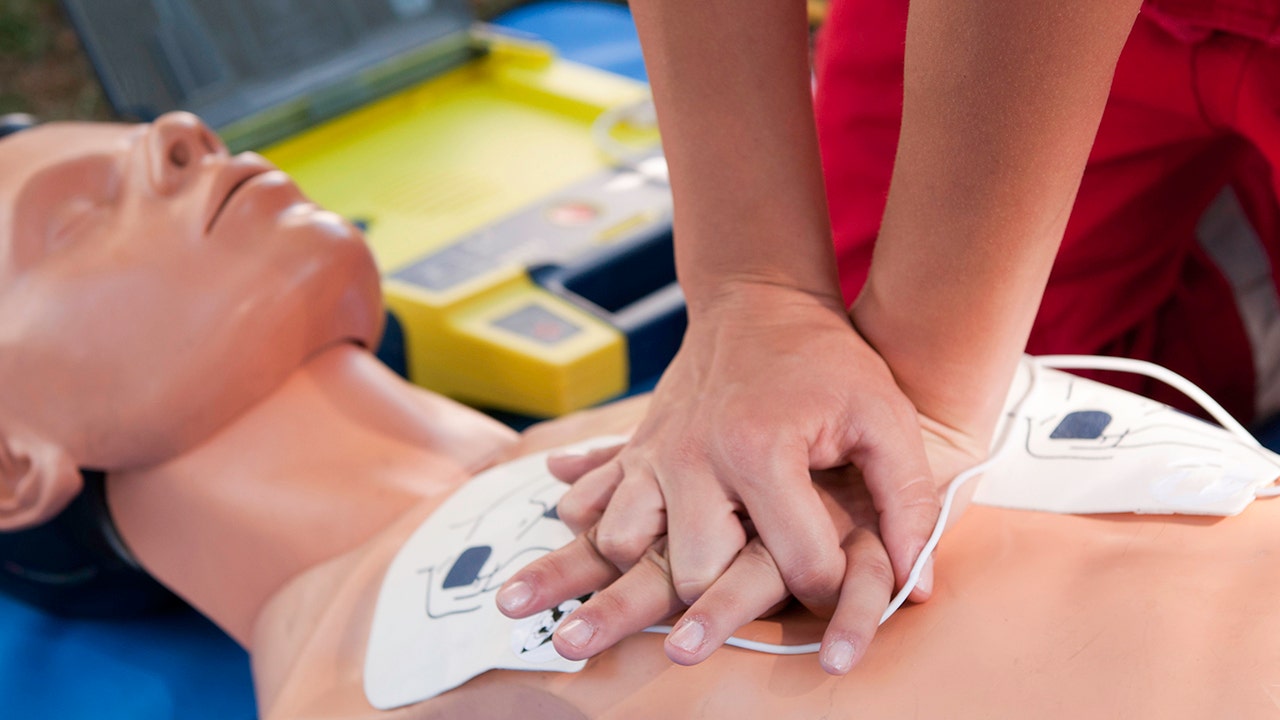
Maintain regular education of CPR in order to save a life. (iStock)
Conti also advises being careful of a child's neck in case of a fall.
Often, children will slip and fall into a pool and unless an adult saw the accident, a head or neck injury without bleeding may not be easily diagnosed. It's best to be as quick but gentle as possible when removing the child from the water.
While having knowledge of CPR is a start, learning from a professional and maintaining education could save a life.
CLICK HERE TO SIGN UP FOR OUR HEALTH NEWSLETTER
"Your actions can truly make a difference between life and death, and between full recovery and long-term disability," said Conti. "Regularly refreshing your knowledge and skills in CPR, AED use, and water safety can save lives."
"If you have questions about water safety, ask your pediatrician," Bria continued. "This is an important conversation to have."
CLICK HERE TO GET THE FOX NEWS APP
Drowning can happen to anyone.
"Be intentional and deliberate in recognizing and mitigating the risks to prevent children from drowning," said Bria.

